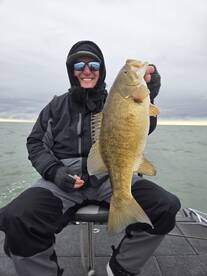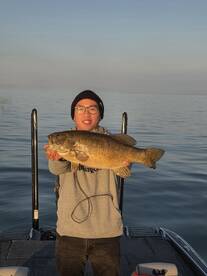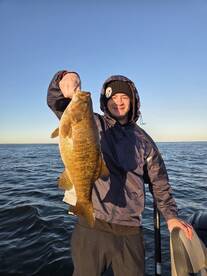Thawing Out on Lake Erie
March 07, 2025
Erie
2 photos
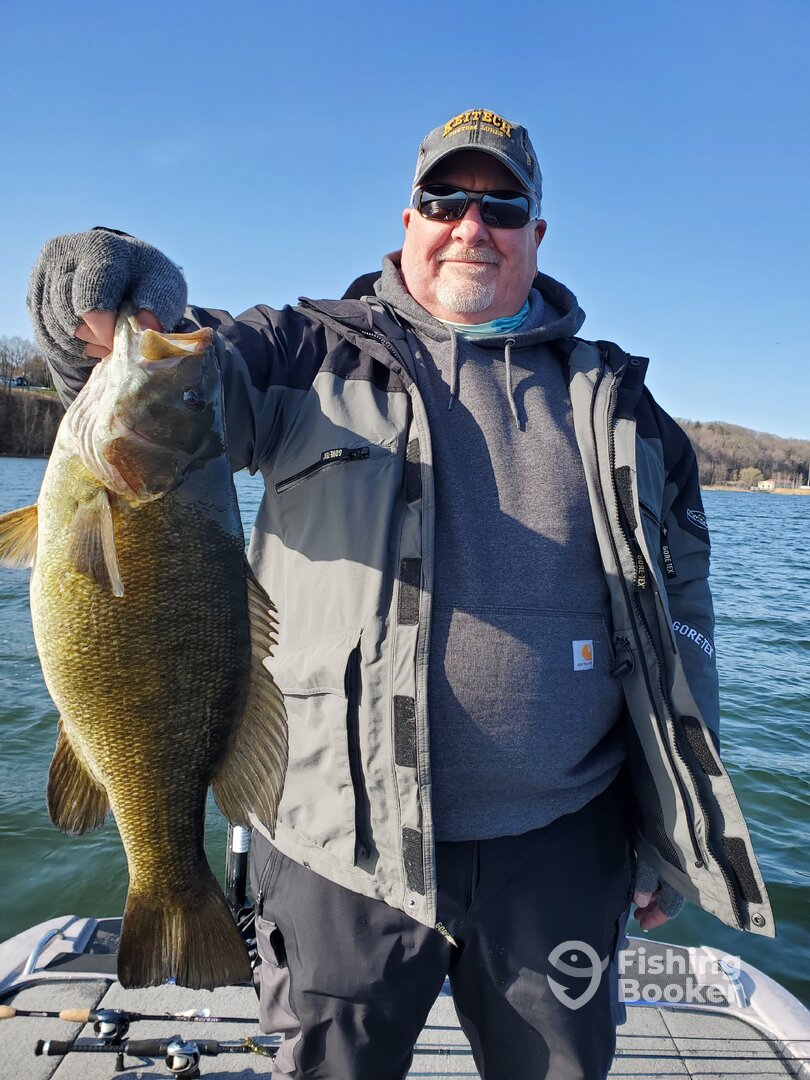
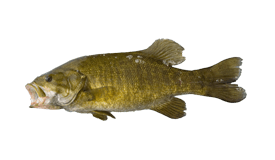
Bass (Smallmouth)
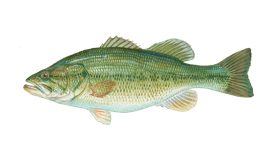
Bass (Largemouth)
Trip Summary
Trip Summary
Queue the wake up yawn with the morning stretch. We are all waking up here in Erie, PA, after a long, hard winter. That means Presque Isle Bay and Lake Erie are thawing as well, and some great fishing is just around the corner. Living here in Erie, PA (Harborcreek now), we all are chomping at the bit once that ice comes off to get the boats back out and start chasing a multitude of fish: perch, walleye, bass, trout, and panfish, to name a few. There is something for everyone once our ice comes off. Our target, when the ice comes off, is almost always big Lake Erie smallmouth bass.
Fishing for smallmouth bass on Lake Erie and Presque Isle Bay in the spring is world class. It doesn’t take long for their metabolism to start kicking in and feeding heavily again after a long winter locked under the ice. The typical season starts sometime in March or early April. Once the water temps start getting into those upper 30s or low 40s, the bite can be really good. We only target them by casting with artificial, but some folks have good luck with live bait as well.
The largemouth fishing in Presque Isle Bay usually gets good around this same time, as they can often ramp up even before the smallmouth thaw out from their deeper water haunts. The perch and panfish bite is usually great early, too, as well as trout (in the streams and in the Lake/Bay), and walleye start kicking some, too.
To stay up to date with the most current Lake Erie and Presque Isle Bay fishing reports, check out our page, as we’ll be updating them weekly during the peak seasons. We hope you are ready for some great Lake Erie bass fishing this year!
Tightlines. -Captain Destin


